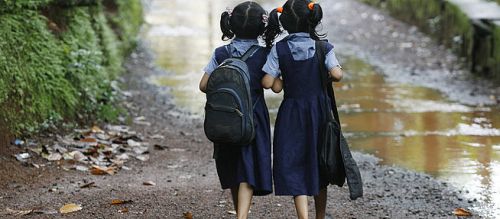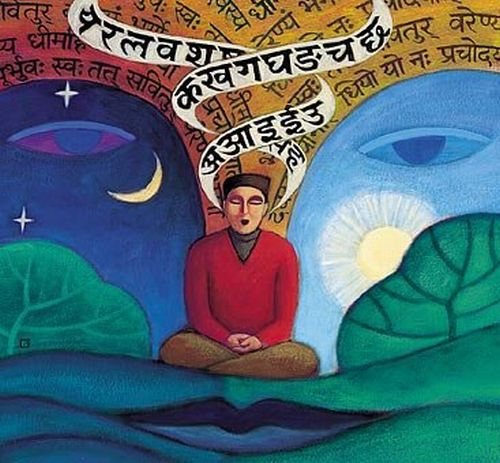
Majority of the Indian population is swearing by the way the cities are transforming into global villages. Being kissed by elite mall culture, swift metro rail and what not! But if you do spare a thought for the rural villages, you’ll find a few names that are shining bright. For an instance, the Anand village in Gujrat, is referred to as the ‘Milk Capital’ of India, all thanks to the Amul revolution. These ‘unique’ living spaces have earned themselves name and fame for reasons that are astounding and worth taking pride in. Read on to know more about such outstanding villages of India.
Bijlipur, Punjab : A ‘Happy’ place for girls
Though Punjab has been noted for it’s dwindling sex ratio, but when it comes to Bijlipur village, it is emerging as the safe heaven for girls. While the rest of the state recorded 893 females per 1000 males as per 2011 census figures, Bijlipur boasted of a sex ratio of 1,800 females to 1,000 males. Here, killing a girl is a sin and couples don’t consummate with the sole aim of making ‘boys’ as they are happy with two, three or even four girls! No wonder, the village is being thronged by TV News crews from Indian as well as International media.
Sasana, Orissa : The village of Sanskrit scholars
Sanskrit may be just another language for your child and nothing more than an ancient language for you, but this village in Orissa is a home to Sanskrit pundits! It’s hard to believe but in Sasana village, every house has a Sansktri scholar. Wondering how the village, inhabited mostly by Brahmins has managed to keep the language alive? Well, they just made sure that at least one child in every household is taught in a Sanskrit medium school. The proud patrons of Sanskrit are all employed in government run Sanskrit medium educational institutions.
Ralegan Siddhi, Maharashtra : From poverty to power
Situated in the Parner Taluka of Ahmednagar district, this village was once drought stricken and in clinches of poverty. That was 25 years ago. Today, Ralegan Siddhi stands as an inspiration, for the way it has bounced back to self-sustenance. The credit goes to the initiatives taken by its natives. From tree plantation, terracing to reduce soil erosion and building of canal to store water, they have done it all to make the best use of renewable sources of energy. Constructing community biogas plants using solar energy to power the street lamps, to generate electricity from windmills, Ralean Siddhi is proudly moving ahead on the path of self-sustenance.
Mathoor, Karnataka : Land of God’s own language
While you are busy prompting your kid on his English pronunciation, a village in India has adopted Sanskrit as its vernacular. Don’t get surprised to read “Ratha Bheedi” for “Car Street” when you are in Mathroor, a quaint hamlet near Shivamogga. In this village, Sanskrit is not just a text-book language for kids but they bring it to common use with elan. Mathoor’s Sanskrit fixation dates back to 1512, when the emperor of Vijayanagar emperor gifted Mathoor and neighbouring Hosahalli with the inscriptions in Sanskrit language. The inscriptions on copper plates are well preserved with the archaeology department.
Ranvade, Maharashtra : A village ruled by unity, not politics
No one in this village has ever been to a court, for villagers solve all the disputes. Nobody has a bank loan, there’s just one shop in the village and everyone buys from the same shop. There’s no political party in the village, the decisions are taken by the villagers. And the most note-worthy fact about this unique village is that despite a lack of political or government rule, the development of the village and its infrastructure has never been sidelined in the last 25 years. Isn’t it an achievement? Welcome to Ranvade, a self-sufficient village, just 100 kms away from Mumbai – a perfect example of no political rule can do, what unity and cooperation can!



